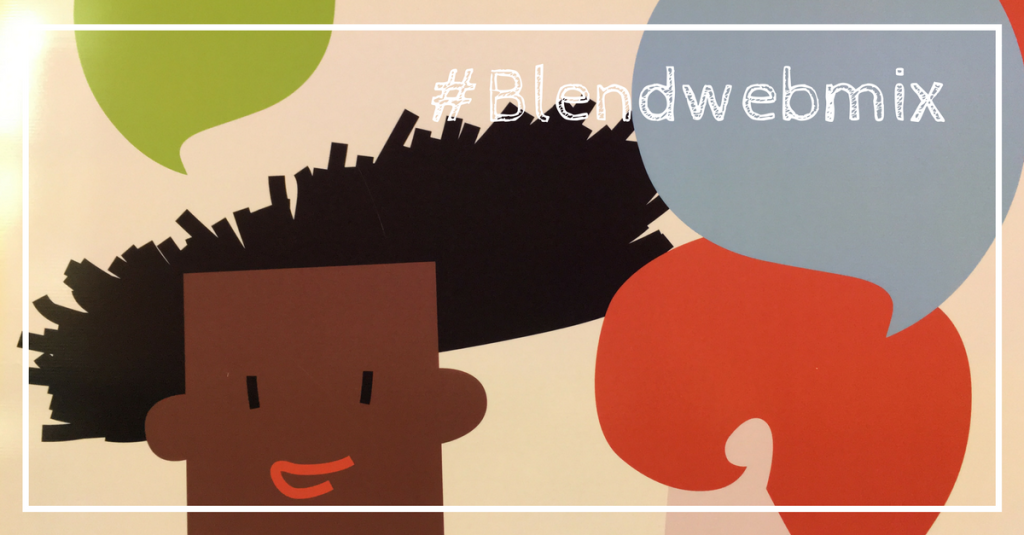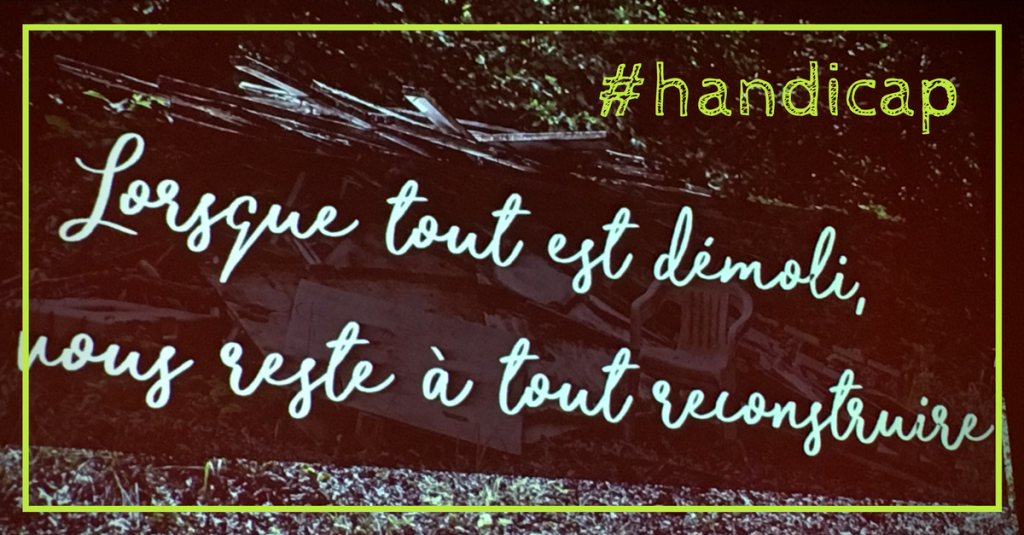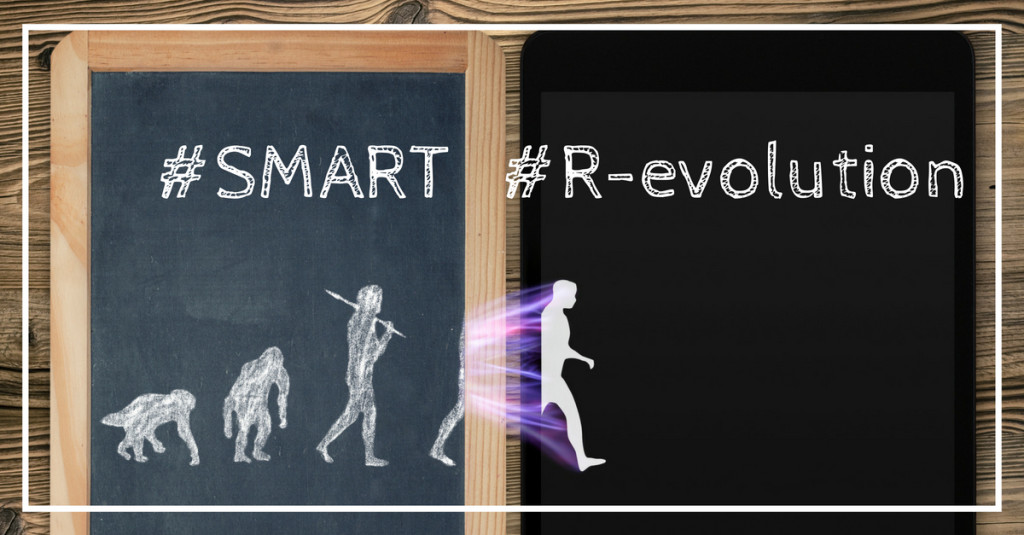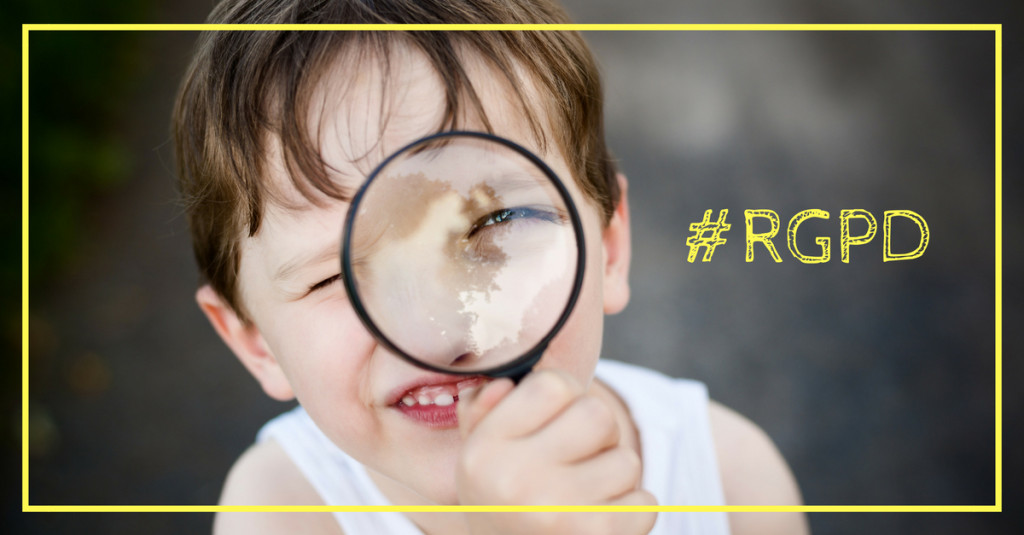Speaking in public is an issue for you? Or you regularly have to do presentations but fail to communicate efficiently?
Well if you want to become a good speaker, you can. It takes training and time. It also takes good preparation but everyone can do it.
David Nihil has been ghostwriting some of the major talks @TED and he shared some of his tips @leadersparis. We all dream we could present like people at TED. What we don’t know is how much time, preparation, rehearsal and sacrifices it takes to make the perfect speech. But the good result comes in fact from small changes to your presentation techniques.
Humour makes the difference
You want to make a difference? make it fun. It will be memorable. All it takes is to add a little bit of entertainment into your presentation.
The end of laughter is the height of listening.
Because at the end of laughter, comes attention ». And people then ask for more.
Most great talks on TED have a touch of humour. If you copy their techniques, you can start doing great presentations. Copy the techniques, not the style. Style is personality, so yours has to be you.
Seth Godin accounts for one of the best speakers at TED. Reason is, his videos are amongst the funniest. People laugh 3.4 times per minute which is above all other TED videos.
He managed to design his presentation in an irresistible way.
Here are the 3 top TED talks.
Mary Roach >
Shawn Achor >
Ken robinson >
Presentation techniques
Start with a story
People easily remember a story if they can relate to it. So if your story if close enough to them, they will remember it.
You do not need to tell people you are going to tell them a story. Take any story you like saying, identify the key components of your story, put the funniest word you can in the story, and you will have people laugh.
Best example for this is Ken Robinson (see above).
The story does not have to be related to your presentation. It is about creating a link and making people laugh, so that after laughing they are ready to listen to you. Tell your story, structure it and then, tell them why you told them that story (to make the link). Think of what is the key point of your story and get there in 3 sentences before you go to the punch line and then to the funny line.
Pitch line
If you try to impress people with a number, make sure there is nothing afterwards. For instance saying « We have 100% growth year on year » will be less efficient than « year on year, our growth is 100%! »
The most important word – the one you wish to impress people with – has to come last. So they can remember it.
Sequence
If you try to be memorable it is 1 or 3. Either you tell one story or you tell 3. 2 will not be efficient and neither will 4. Because we are hard-wired to remember sequences of maximum 3.
Creating fun
If you want to be funny, you have to create a sequence. Still a sequence of 3, but it will make the difference. But this one will have to be 1,2,4. It will have to be orange, orange, apple.
Obama is really good at this. A lot of his talks use this technique. Here is one example:
Context
What you are up against to is also going to influence how funny you can be. When Obama did his speech right after congressmen did theirs, his could only be funny. Context is going to matter. If you are doing your presentation during a very boring seminar and yours is just a little bit more funny, just a little less static, just a little bit more punchy, you will make a difference. Don’t be like others.
Your message will be more powerful and you will be appreciated for it.
Visualizing your content
One of the best techniques you can use is to visualize a place in a « memory place » and structure your talk into that place. A memory place can be anything. Imagine your home: The entrance, the living room, your bathroom, your bedroom, your terrace.
By visualizing your 5 rooms’ place and fitting each of your five main ideas into a room, adding little details (for instance your idea lies on your sofa, you see your television and think of a video you like to share and drink a soda making you think of a social moment you want to talk about. Each room will represent a subject and a time. And if you need to reduce the time, you know what room you can escape.
It is the best way to do great presentation without needing slides. Your presentation will be better. Your audience more attentive. You can even draw your memory place on a paper you can keep in your pocket.
Plan for long execute short
Most presentations can be run into a shorter time (and most will be way better when shortened). Now if you have placed your story and its five key elements into your « memory place » it will be easy to go from one idea to the other.
Train yourself to do it back and forth so that if you need your presentation to last half as much time, you will never be destabilized. Prepare for the unexpected.
Duration
The length of a presentation – a good one – rarely can exceed 10mn. Why? Because it is people’s peak of attention.
Start strong
Jump right into your story and run. Don’t introduce, apologize or start with crappy conversation like « I am happy to be here ».
Mind the time
Some clickers have an embedded timer that can vibrate on schedule. Use one of these to make sure you stay on time. And if you are too long, jump to your last room to reduce your presentation. No one will notice and you will make both your audience and event organizer happy.
Get away from podiums
It will make you more natural and not « parked » in a small place.
Add drama
Silence can aid your presentation, it ads drama. People like to be given a rhythm and silence before a good point is like saying to people « hey, this is the important bit, listen ». Both your body and silences must be coordinated. Stop moving to when you want people to pay attention.
And if you tell a story, don’t hesitate to change voices as if you were saying the story in your character’s voice. It will empower your story. The use of the present tense – making you feel it in the moment – also contributes to people getting excited with your storry.
Handle your nervosity
We tend to « pet the hamster » when we are nervous, rubbing our hands one against the other. That generally happens when we leave them unattended. However, if your hands are part of your demonstration, above your chest, you will not show nervousness signs.
Speak up
Speak 20% higher than your normal pitch. This will prevent you from doing the a… eh… we all tend to say when looking for what we have to say. If you speak louder, you will never say them louder. It forces you to pay more attention, be a little more precise also giving your audience an easier to understand pitch.
Embed Q&A
What people remember is the beginning and the end. If you let the Q&A finish your talk, you will not get the proper recognition for your presentation. By doing the Q&A right before your conclusion you will keep the ability to conclude and also tell people when it is finished and when they can applaud. So that you get full credit for your presentation.
No notes
If you have notes in your hand, you will be tempted to read them. And you don’t you will end up being nervous. In the end, notes will desynchronize your attention and lose your audience.
Acknowledge the obvious
Imagine something happens during your presentation, like a bulb blows. You have noticed and so has the audience. If you verbalize it it will release the tension and people will be able to get their attention back to your presentation. Otherwise they will stick to it. If you ignore it, it is going to be very weird.
Review and evaluate
Score your story parts based 1 to 5 based on people’s attention, tweets and feedback. And get rid of anything below 3 so as to keep the best of it.
As you can see, most of these tips are pretty simple ones. Mostly easy to apply. But it will take time for you to adjust and get used to it. So train regularly. Starting with your next presentation adding one little technique after the other until it becomes fluid. And share your experience with us if it worked for you!
And remember that people want you to do well!
Thanks a lot to David Nihil for sharing this advice with us!
More can be found in his book and on his site. You might also like this article « Getting over stage fright to master the art of public speaking » and follow him on twitter.
And if you wish you had attended this workshop, here is one pretty similar to the one we had:









